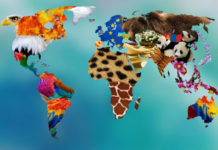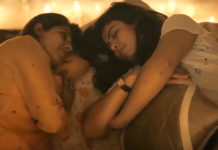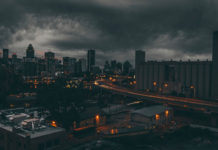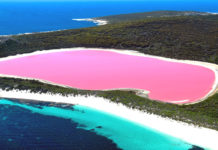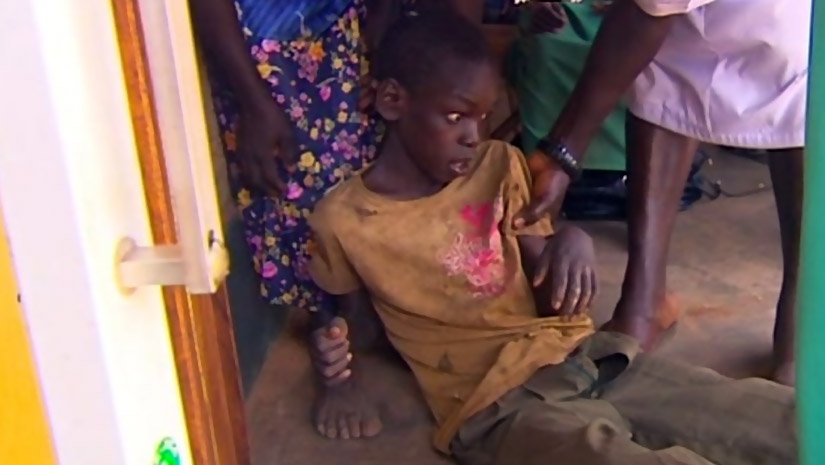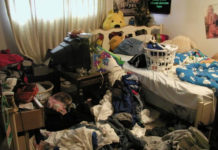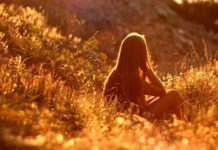Science has progressed beyond all recognition. There are many new techniques that keep emerging for various diseases. There are also few techniques that can help us identify the main cause of rare, or inherited disorders. One such technique is Gene-Mapping. Genetic maps have been successfully used to identify the gene responsible for certain disorders.
Then there are also such peculiar and bizarre diseases that have the scientists knocking their heads on the walls. These diseases are so rare and weird that the responsible factor causing them is still unknown.
The diseases are as follows:
1. Aquagenic Urticaria/Water allergy

Aquagenicurticaria, also known as ‘water allergy’, is very rarely diagnosed. The symptoms are painful skin reactions like reddish-skin and painful hives resulting from contact with water. This may also be the effect of different temperatures of water, such as cold or hot, and can flare with chemicals such as fluorine andchlorine. The people suffering from water allergy cannot get drenched in rain or shower and sometimes, depending on the condition they cannot even drink water and even sweating can cause breakouts.

2. Sweating Sickness

Sweating sickness, also known as “English sweating sickness” or “English sweate”, was a mysterious and highly contagious disease that struck England in a series of epidemics beginning in 1485. The last outbreak occurred in 1551, after which the disease vanished. The onset of symptoms was dramatic and sudden, with death often occurring within hours sometimes within 3 hours of contracting the disease.
3. Ebola

Ebola is disease in which symptoms typically start between two days and three weeks after contracting the virus with a fever, sore throat, muscular pain, and headaches followed by vomiting, diarrhoea and rashes along with decreased function of the liver and kidneys. At this time some people begin to bleed bothinternally and externally. The disease has a high risk of death, killing between 25 and 90 percent of those infected, with an average of about 50 percent.
4. Dancing Plague

The Dancing Plague (or Dance Epidemic) of 1518 was a case of dancing mania that occurred in Strasbourg, part of the Holy Roman Empire in July 1518. Around 400 people danced for days without rest, and, over the period of about one month, some of those affected died of heart attack,stroke, or exhaustion.
5. Exploding Head Syndrome

Exploding head syndrome is a rare and relatively undocumented parasomnia event in which the subject experiences a loud bang similar to a bomb exploding, a gun going off, a clash of cymbals or any other form of loud, indecipherable noise that seems to originate from inside the head.
6. Cutaneous Porphyria

Also, called as the “Vampire Disease”, people suffering from this disease, are sensitive to sunlight and develop blisters, infections, scarring and sun burns immediately when exposed to the sunlight. They are also blinded by the sun-light. Depending on their severity, few of their gums also start receding, which makes their teeth look bigger, hence giving the form of a fang. Probably, this is where the legends of Vampires came up from.
7. Nodding Disease

It is a neurological condition first reported in 1965 in Tanzania, then in 1990s in Sudan and then in Uganda in 2007. It primarily affects children of age 5-15 years. Many studies have been inconclusive till now regarding the factors causing this disorder. The patient keeps involuntarily nodding his head continuously.
By : Archa Dave

